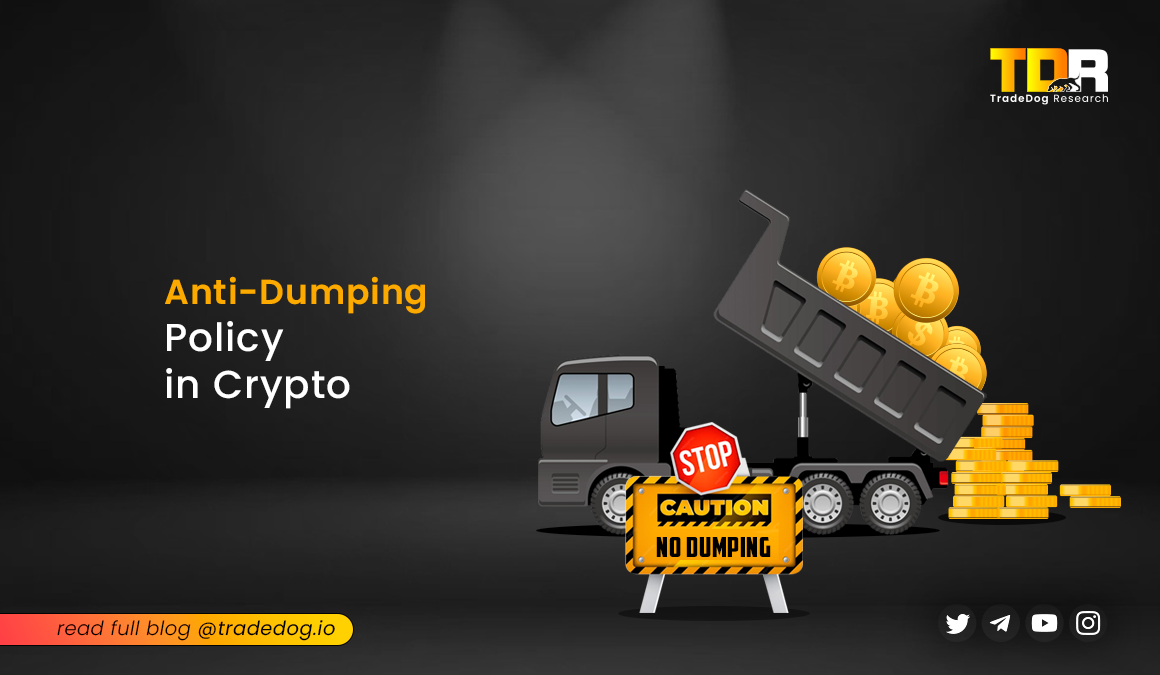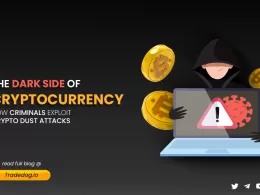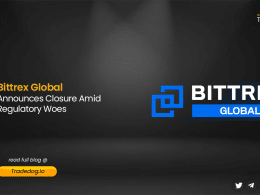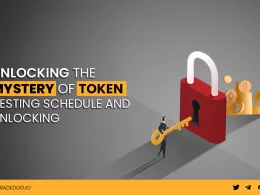Quick Links
With its decentralized nature and global reach, the cryptocurrency market presents unique challenges for regulators. One such challenge is the concept of “dumping” – the large-scale selling of a cryptocurrency at a price significantly below its market value. While anti-dumping policies are well-established in traditional trade, their application in the crypto sphere remains an open question.
What is a pump-and-dump scheme in crypto?
Pump-and-dump schemes are manipulative tactics employed to defraud investors in the cryptocurrency market. The perpetrators, known as “pumpers,” artificially inflate the price of a chosen cryptocurrency through coordinated buying and aggressive promotion. This creates a frenzy of excitement (FOMO) among unsuspecting investors, driving them to buy in at a hyped-up price.
The key lies in creating an illusion of high demand. Pumpers might spread misinformation, exaggerate the potential of the cryptocurrency, or manipulate trading volumes to make it appear highly sought-after. This inevitably leads to a rapid but unsustainable price surge. Once the price reaches its peak, the pumpers swiftly dump their holdings, causing the price to plummet. Investors caught in the hype are left with significant losses, while the perpetrators disappear with substantial profits.
The unregulated and volatile nature of the cryptocurrency market, particularly its low liquidity, makes it susceptible to these pump-and-dump schemes. These scams can be orchestrated by organized groups or even single individuals seeking to exploit the market for personal gain.
Why Anti-Dumping Might Be Considered for Crypto
- Protecting Investors: A sudden and significant price drop caused by dumping can devastate investor confidence and wipe out holdings. Policies could prevent such manipulative practices.
- Maintaining Market Stability: Dumping can trigger panic selling, leading to cascading price drops and market instability. Regulations could promote order and fairer market behavior.
- Level Playing Field: If some crypto projects are dumping artificially low prices to gain market share, it disadvantages projects relying on organic growth. Policies could ensure a more level playing field.
How does the anti-dumping policy in crypto work?
Anti-dumping policies strive for a fair and transparent trading environment by deterring market manipulation and safeguarding investors. Here’s how anti-dumping policies in crypto work:
- Trading Restrictions: Limits on buying and selling activity can be coded into smart contracts. This could involve capping daily trading volumes or restricting the amount purchasable per transaction, hindering large-scale dumps.
- Token Vesting: Locking tokens for a set period prevents early investors or project founders from dumping them all at once. This gradual release stabilizes the market and fosters investor confidence.
- Buybacks: Projects can actively buy back their tokens, reducing supply and supporting prices. This discourages dumping by demonstrating project confidence and price stability.
- Transparency & Audits: Third-party audits verify project operations and smart contract integrity. Open communication about tokenomics, distribution, and anti-dumping measures builds trust with investors.
How Investors Can Avoid Pump-and-Dump Scams
Pump-and-dump schemes exploit investor enthusiasm leaving them with substantial losses. Here are key strategies to protect your crypto portfolio and navigate the market with informed confidence:
- Penetrate the Hype: Excessive social media buzz surrounding a new or little-known cryptocurrency warrants scrutiny. Be wary of online communities or influencers aggressively promoting a specific coin. Legitimate projects focus on long-term value creation, not fleeting hype cycles.
- Research, Not FOMO: Don’t let fear of missing out (FOMO) cloud your judgment. Conduct thorough due diligence on the project’s purpose, underlying technology, team expertise, and development roadmap. Seek a clear use case and a demonstrably competent development team with a proven track record.
- Analyze Trading Activity: Unusual spikes in trading volume with minimal news or project updates can indicate manipulative activity. Monitor the project’s historical trading data to identify abnormal patterns that might suggest an impending dump.
- Embrace Diversification: Spread your investments across various cryptocurrencies with different risk profiles. This mitigates the impact of potential scams and helps you build a well-rounded portfolio aligned with your risk tolerance.
Challenges of Implementing Anti-Dumping in Crypto
- Decentralization: Crypto markets operate on peer-to-peer networks, making it difficult to identify and regulate individual dumpers. Unlike traditional exchanges with centralized authorities, identifying and targeting specific actors in a decentralized network is a complex task.
- Market Volatility: Defining “fair market value” in a highly volatile market like crypto is challenging. Sudden price drops, a hallmark of dumping, can be indistinguishable from legitimate market corrections due to the inherent fluctuations in crypto prices.
- Global Reach: The international nature of crypto necessitates global cooperation for effective anti-dumping policies. Achieving consensus and implementing regulations across various jurisdictions with differing stances on crypto can be a slow and arduous process.
- Potential for Stifling Innovation: Overly restrictive anti-dumping measures could inadvertently hinder legitimate project development. Strict regulations might discourage new ventures and limit healthy competition within the crypto space.
- Technological Hurdles: Developing effective anti-dumping mechanisms for crypto requires innovative technological solutions. Identifying and tracking manipulative trading patterns across decentralized networks necessitates advanced analytics capabilities that are still under development.
Conclusion
In the face of rampant market manipulation and pump-and-dump schemes, anti-dumping policies serve as a beacon of hope for crypto investors. By implementing measures such as token vesting, buybacks, and trading restrictions, projects strive to create a fair and transparent trading environment that fosters trust and confidence. However, investors need to remain vigilant and conduct thorough research to mitigate risks and make informed decisions.









